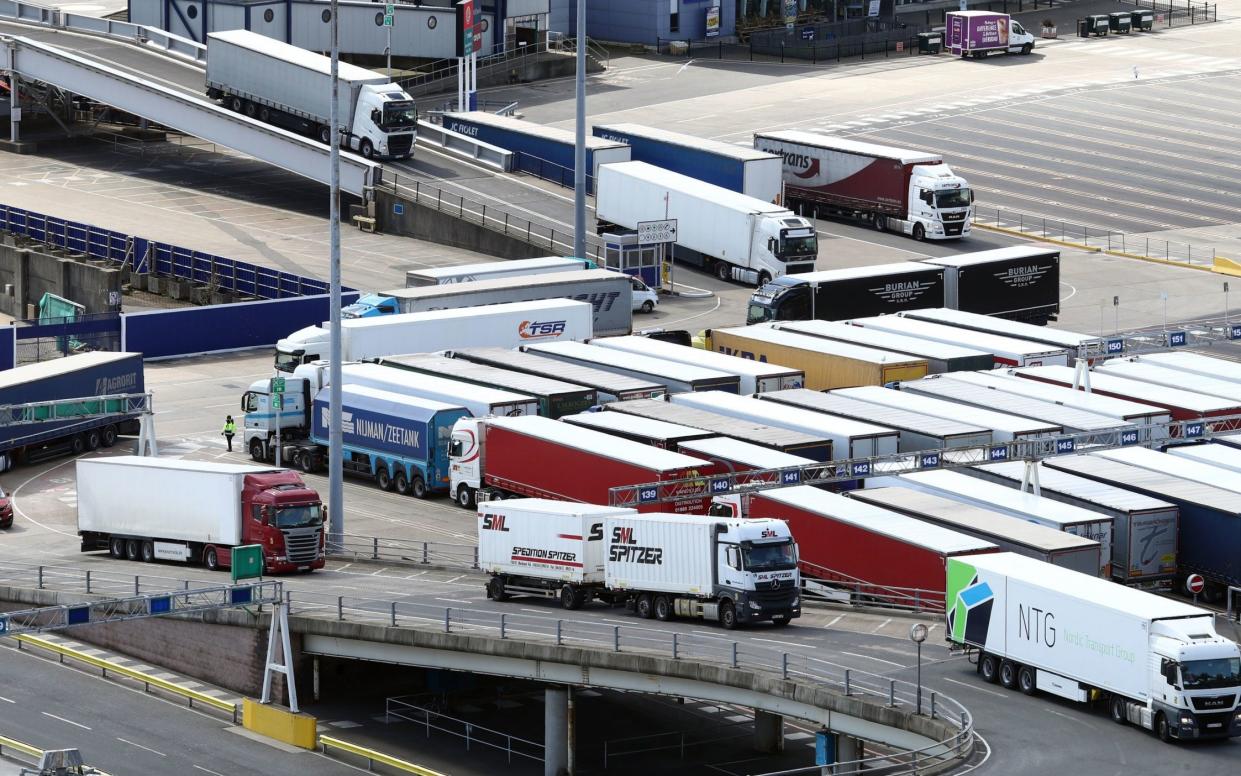Government backs e-highway for electric lorries with £2m funds

The UK Government is to back a plan to power electric lorries with overhead cables on an e-highway.
It will provide £2m in funding for the proposals, which aim to install the cables on a 12-mile stretch of the M180 near Scunthorpe in Lincolnshire.
If the designs are accepted and building work is funded, the trucks could be in action by 2024, The Guardian reported.
The scheme forms part of a series of studies from the Department of Transport on how to decarbonise road freight and reduce exhaust emissions.
New diesel and petrol lorries are set to be banned in Britain by 2040 as part of plans to reduce carbon emissions to Net Zero by 2050.
Designers are planning for the lorries to be fitted with rigs called pantographs - similar to those used by trains and trams - which can tap into the electricity supply to power electric motors.
While cars can rely on lithium ion batteries, the weight of a battery required to power a fully laden truck over long distances has prompted trucking companies to look for alternatives.
The e-highway study is one of several options that will be funded, along with a study of hydrogen fuel cell trucks and battery electric lorries, the Department for Transport said on Tuesday.
The project is led by Costain, an infrastructure construction company that also operates several UK motorways, using trucks built by Sweden’s Scania and electric technology from Germany’s Siemens that is already in use in smaller-scale trials there, Sweden and the US.
Academics from the Centre for Sustainable Road Freight, a joint project between the University of Cambridge and Heriot-Watt University, are also backing the scheme.
Researchers had previously found that an electric roads system could put all but the most remote parts of the UK within reach of the trucks by the late 2030s, at a cost of £19bn.
The white paper, published last year, suggested that the plan would pay for itself within 15 years through charges on electricity.

 Yahoo News
Yahoo News 
